Author: Wilbrecht
-
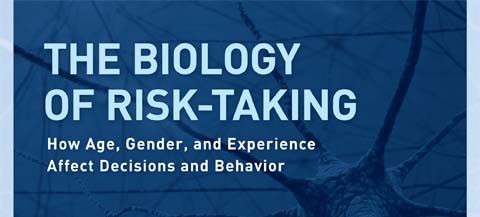
Wilbrecht & Coates Discuss Risk-Taking Behavior
The Rockefeller University hosted John Coates and Linda Wilbrecht for a discussion moderated by Marc Tessier-Lavigne. The group focused upon the biological regulation of risk-taking behavior, addressing how experience can alter future behavior, and how age, developmental critical periods, and gender can affect decision making. The group also discussed Coates’ recent book, The Hour Between…
-
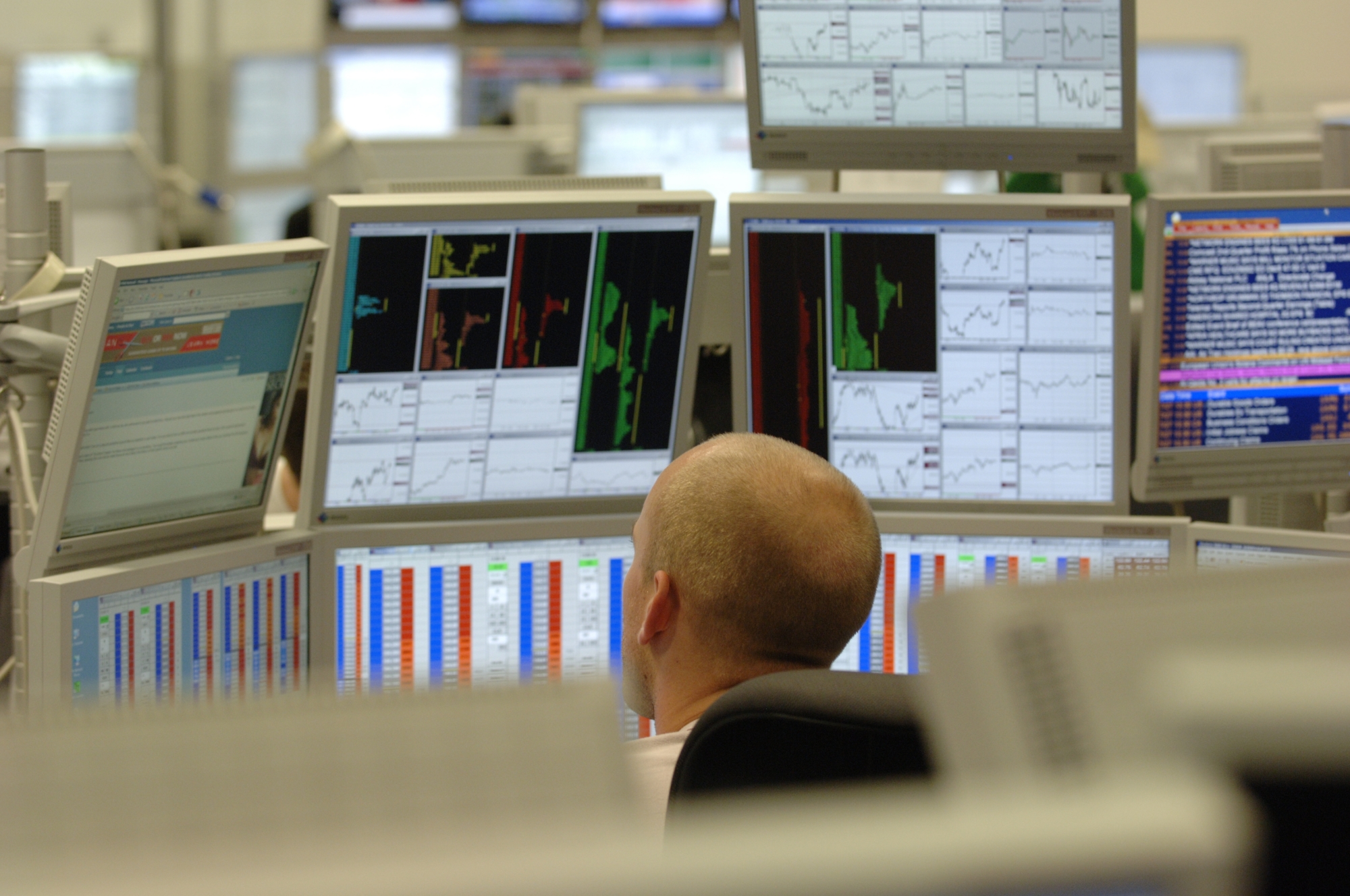
Wilbrect & Coates in Wired Magazine
John Coates’ recent book, The Hour Between Dog and Wolf: Risk Taking, Gut Feelings and the Biology of Boom and Bust, is discussed in Wired Magazine, along with an anecdote about Linda Wilbrecht’s collaboration with Coates.
-
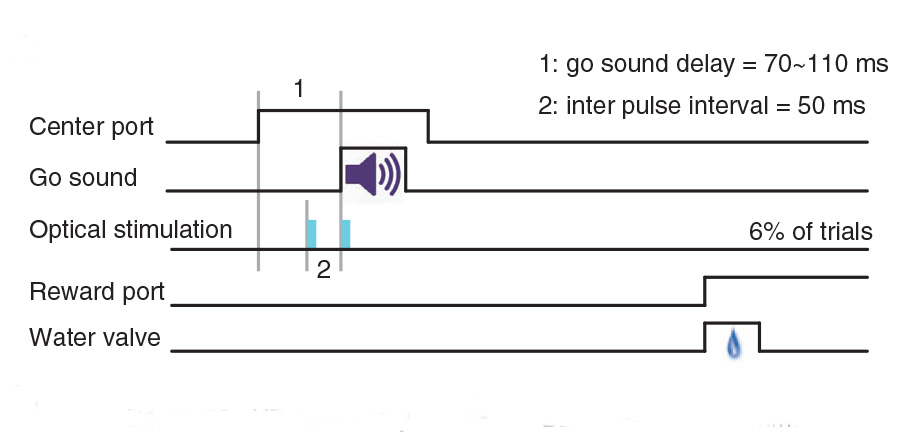
Transient stimulation of distinct subpopulations of striatal neurons mimics changes in action value
In changing environments, animals must adaptively select actions to achieve their goals. In tasks involving goal-directed action selection, striatal neural activity has been shown to represent the value of competing actions. Striatal representations of action value could potentially bias responses toward actions of higher value. However, no study to date has demonstrated the direct effect…
-
Wilbrecht Joins CHILD Research Center
Linda Wilbrecht is now co-director of the Cognitive Health Impacts Lifelong Development (CHILD) Research Center, a collaboration between UC Berkeley and Children’s Hospital Oakland.
-
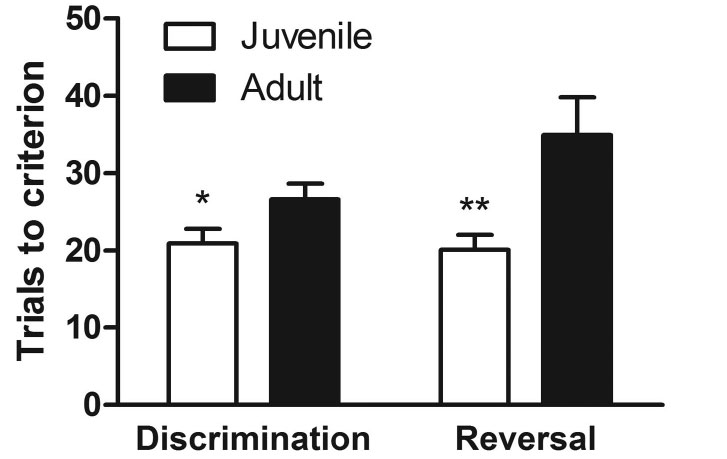
Juvenile mice show greater flexibility in multiple choice reversal learning than adults
We hypothesized that decision-making strategies in juvenile animals, rather than being immature, are optimized to navigate the uncertainty and instability likely to be encountered in the environment at the time of the animal’s transition to independence. We tested juvenile and young adult mice on discrimination and reversal of a 4-choice and 2-choice odor-based foraging task.…
-
Podcast and Special Issue on Motivation
Reinout W. Wiers, Danielle S. Counotte and Linda Wilbrecht discuss motivation on a podcast associated with a special issue of Developmental Cognitive Neuroscience focusing upon motivation. The special issue is edited by Ron Dahl and Louk Vanderschuren who are also featured speakers in the related podcast. Developmental Cognitive Neuroscience, Motivation Special Issue, Volume 1, Issue…
-
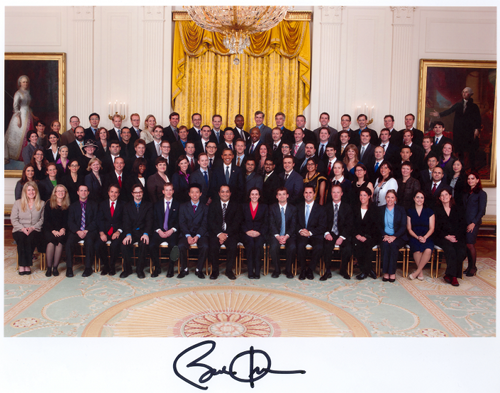
President Obama Honors Outstanding Early-Career Scientists
Linda Wilbrecht received a Presidential Early Career Awards for Scientists and Engineers (PECASE). Established by President Clinton in 1996, PECASE recipients are selected for their pursuit of innovative research at the frontiers of science and technology and their commitment to community service as demonstrated through scientific leadership, public education, or community outreach. President Obama Honors…
-

NIMH Presents First “BRAINS”
Linda Wilbrecht was among the first recipients of the NIMH’s BRAINS award–Biobehavioral Research Awards for Innovative New Scientists. The program is designed to fund early career scientists carrying out innovative, exploratory research aimed at critical knowledge gaps identified by NIMH. NIMH Presents First ‘BRAINS,‘ NIH Record, May 14, 2010.
-
Neuroscience: Illuminating the brain
Lizzie Buchen, Neuroscience: Illuminating the brain Systems neuroscientists are pushing aside their electrophysiology rigs to make room for the tools of ‘optogenetics.‘ Nature, 465, 26-28 (May 5, 2010).
-
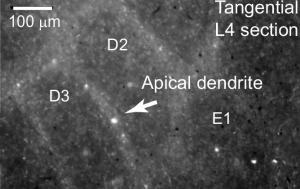
Structural Plasticity Underlies Experience-Dependent Functional Plasticity of Cortical Circuits
The stabilization of new spines in the barrel cortex is enhanced after whisker trimming, but its relationship to experience-dependent plasticity is unclear. Here we show that in wild-type mice, whisker potentiation and spine stabilization are most pronounced for layer 5 neurons at the border between spared and deprived barrel columns. In homozygote αCaMKII-T286A mice, which…
